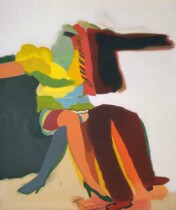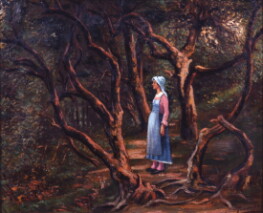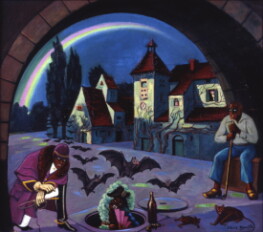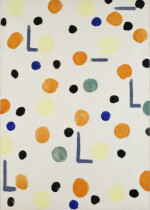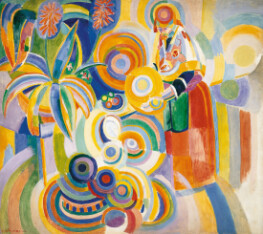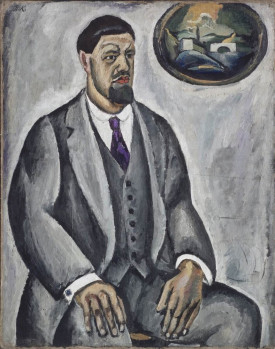Remenbrance
Date: 1933
Art form: Painting
After seven years in the army, including four years of war, he worked for thirty-five years as a make-up artist-retoucher for a model manufacturer. During his spare time, he paints canvases where the themes of anticlericalism, macabre humor and antimilitarism frequently recur. Traumatized by the First World War, he defines himself as an anarchist.
Remembrance (1930-1933) is an “anti-everything painting”.
In December 1931, one of his works, Remembrance, was reproduced in No. 3 of the review Le surréalisme au service de la Révolution.
Two dead soldiers, one French the other German. They hold in their arms wooden crosses stamped "1914-1918" and rabbits. In the background, a contorted muse in the air, sporting a tricolor garter, pours a shower of medals on a military leader, receiving the blessing of a cardinal in a garter belt. Deeply marked by the great war, in which he was forced to participate, Trouille denounces here the blood of the weak spilled for the prestige of a few "elites".
“We were the lost generation. Deprived of love at the best age of life, I came out of this war stupefied by the dangers, my eyes furious, my heart full of rage...
All the good years of my life have been spent in war, right, I will never forgive such infamy. I have such a memory. I came out absolutely traumatized from the 14-18 war. Completely dumbfounded.
The fatherland is the country where one can live best, it is nothing else; it is not the place where one was born. Homeland is the country where you can be happy. This is the homeland that we have to defend, and not a country, a country that puts us all our lives in wars.
It is this painting that will mark Dali, in 1930, during a salon dedicated to revolutionary artists. Dali will then present Trouille to Eluard, Aragon and Breton. Although having participated a little in the activities of the surrealist group, Clovis Trouille finally kept his distance, defining his art, not as surrealist, but as “super realistic”.
